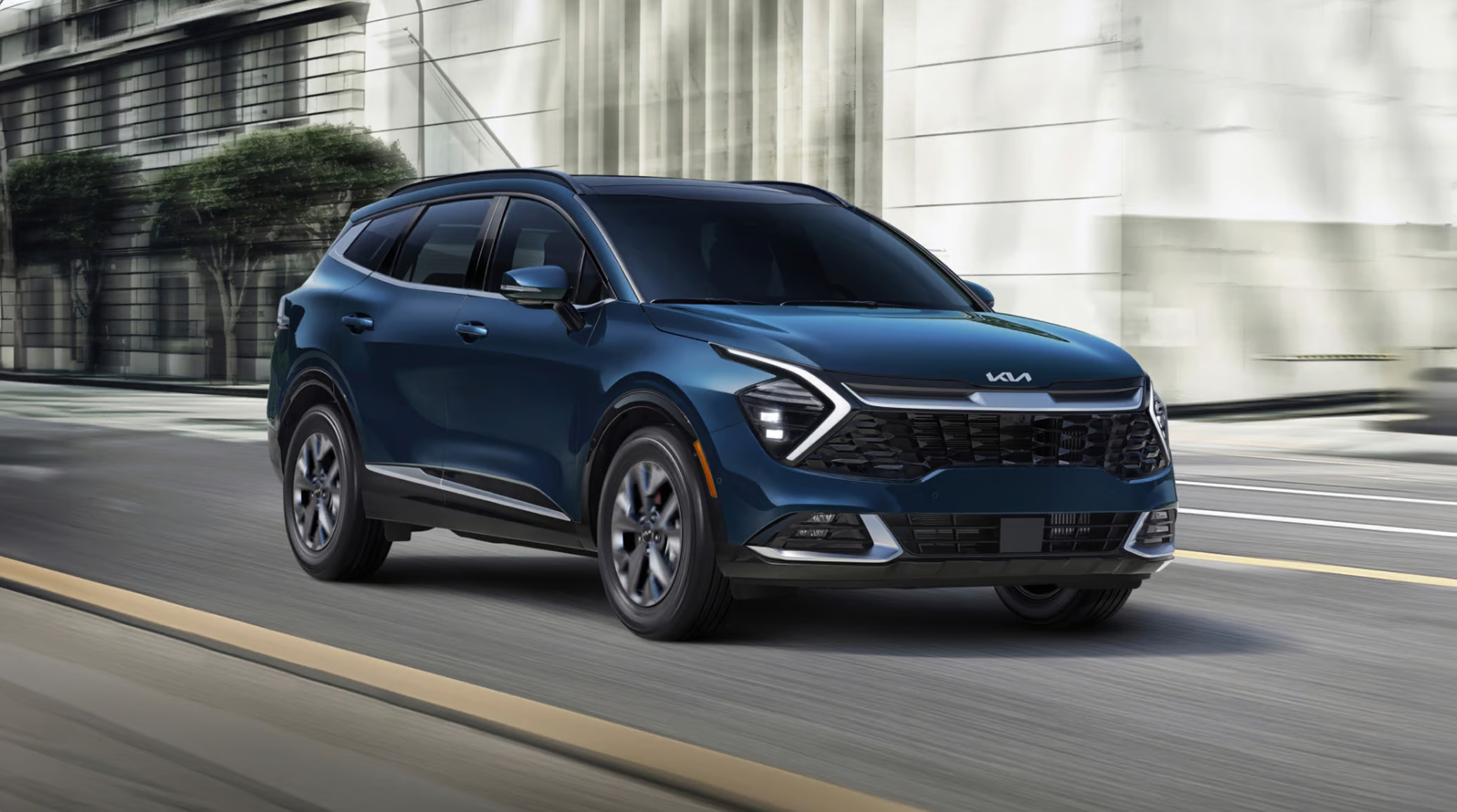Navigating through today’s ever-changing world requires a reliable, efficient, and user-friendly navigation system, especially when on the road.
In the past decade, car navigation systems have undergone a radical transformation, shifting from simple GPS devices to sophisticated, interconnected technologies that cater to a host of driver needs.
As we enter 2025, the demand for advanced navigation systems that provide real-time traffic updates, seamless smartphone integration, and enhanced user experiences has never been higher.
Navigation systems have become integral to a vehicle’s functionality, serving as much more than just a tool to get from Point A to Point B—they are now a critical aspect of the in-car experience.
While many modern car manufacturers have embraced this evolution and continue to enhance their systems with innovative features, not all navigation systems have leaped into the present day. Several factory-installed car navigation systems from previous years have struggled to remain relevant in the face of rapidly advancing technology.
Some of these systems are outdated, unable to provide real-time traffic information, or simply too cumbersome to operate with today’s standards. Moreover, many older systems suffer from a lack of integration with smartphones, which have become indispensable tools for navigation in the modern era.
As a result, drivers who are still relying on these outdated systems often find themselves at a disadvantage, unable to access the functionality and efficiency that newer, more advanced systems offer. At the same time, many newer systems are still highly functional and capable of delivering an exceptional navigation experience.
Whether it’s the ability to get real-time traffic updates, utilize cloud-based services for dynamic routing, or use intuitive voice commands, newer navigation systems have raised the bar for what’s possible in the world of in-car navigation.
However, for those driving older vehicles or considering used cars, knowing which systems still work and which ones don’t is crucial in making an informed decision.
In this article, we explore the best and worst factory-installed navigation systems in cars for 2025. We delve into the navigation systems that continue to function well, providing reliable performance, while also examining those that have not kept pace with the technological advancements of the past few years.
Understanding the differences between these systems is not just about the functionality; it’s also about the safety and convenience of drivers and passengers.
As navigation systems evolve, the need for systems that can provide reliable, accurate, and real-time information has become paramount, and in this article, we’ll dive deep into the systems that still deliver in 2025—and those that have become obsolete.
Also Read: 5 Car Seats That Remain Firm For Years And 5 That Sag After 10K
5 Factory Car Navigation Systems That Still Work in 2025
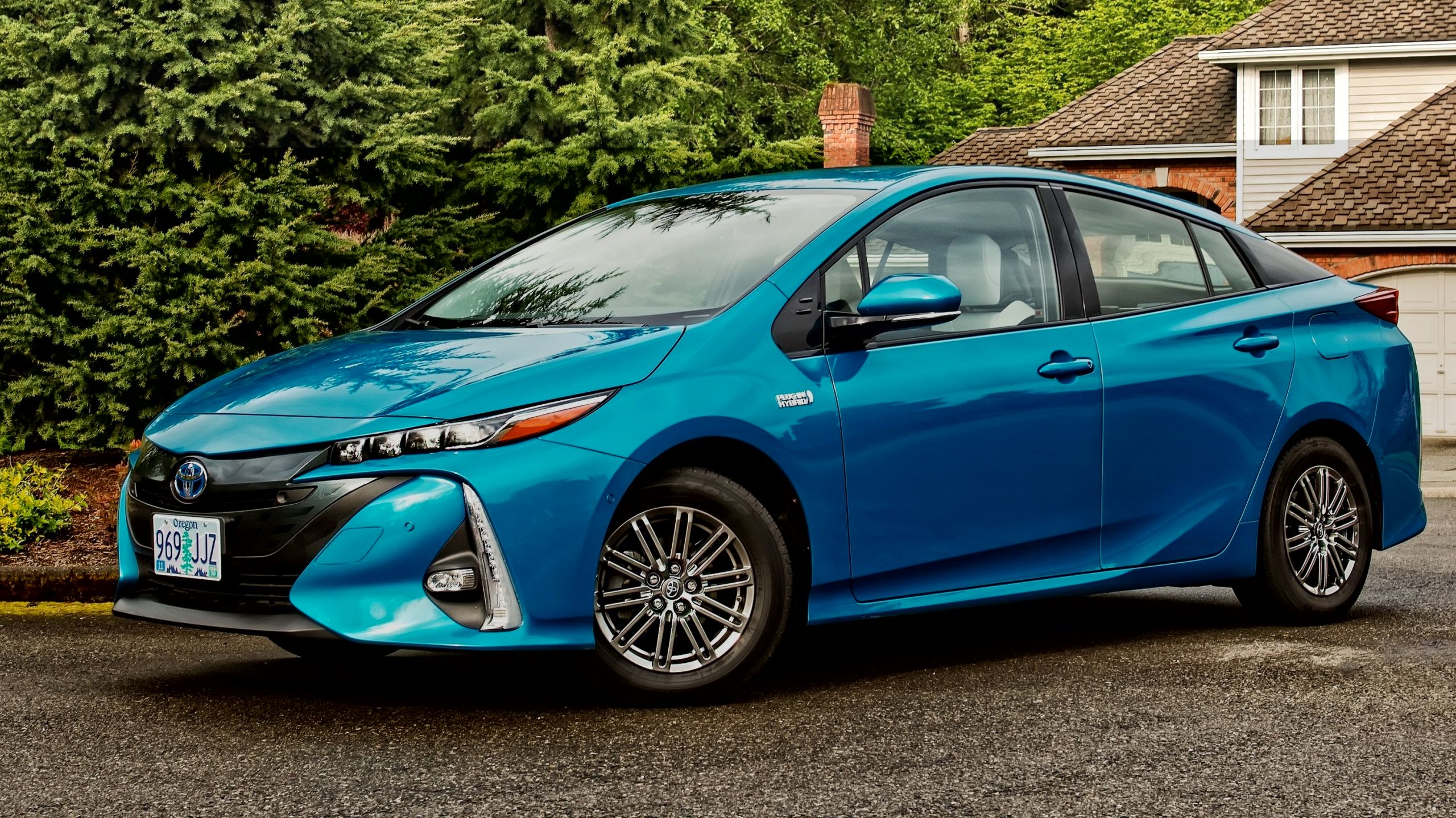
1. Toyota Entune 3.0
Toyota’s Entune 3.0 has proven to be a standout navigation system that continues to thrive in 2025, providing an integrated, user-friendly experience. The system was designed with the modern driver in mind, focusing on usability, smart technology integration, and reliable updates.
One of the major reasons for Entune 3.0’s continued success is Toyota’s commitment to regular software and map updates. This means that drivers with older vehicles equipped with Entune 3.0 can still access fresh map data, real-time traffic information, and the latest technological features that would normally be associated with a newer model year.
This commitment to keeping the system current is a crucial advantage over many competitors, whose older systems are often abandoned or rendered obsolete over time.
Furthermore, Toyota’s Entune 3.0 excels in its seamless integration with both Apple CarPlay and Android Auto, giving drivers the flexibility to use popular smartphone navigation apps like Google Maps or Waze.
This enhances the user experience by offering the latest features, such as crowd-sourced traffic data, live traffic rerouting, and voice-guided directions that continuously improve based on real-time conditions.
For many drivers, the ability to connect their smartphone directly to the vehicle’s infotainment system and seamlessly switch between the car’s native navigation and their preferred apps is a game-changer.
Additionally, Entune 3.0 boasts a simple, intuitive touchscreen interface that reduces the distractions usually associated with more complex systems, making it both safer and easier to use while driving.
Another standout feature of Entune 3.0 is its advanced voice recognition capabilities, allowing for hands-free operation of key navigation functions. This makes it easier to set routes, find points of interest, or even make phone calls without taking one’s eyes off the road or hands off the wheel.
Toyota has made sure that Entune 3.0 remains up-to-date with cutting-edge navigation tools, and through regular over-the-air software updates, it stays competitive against third-party navigation solutions.
As we move into 2025, Entune 3.0 is still relevant, reliable, and well-suited to the needs of today’s drivers who demand both functionality and ease of use in their navigation systems.
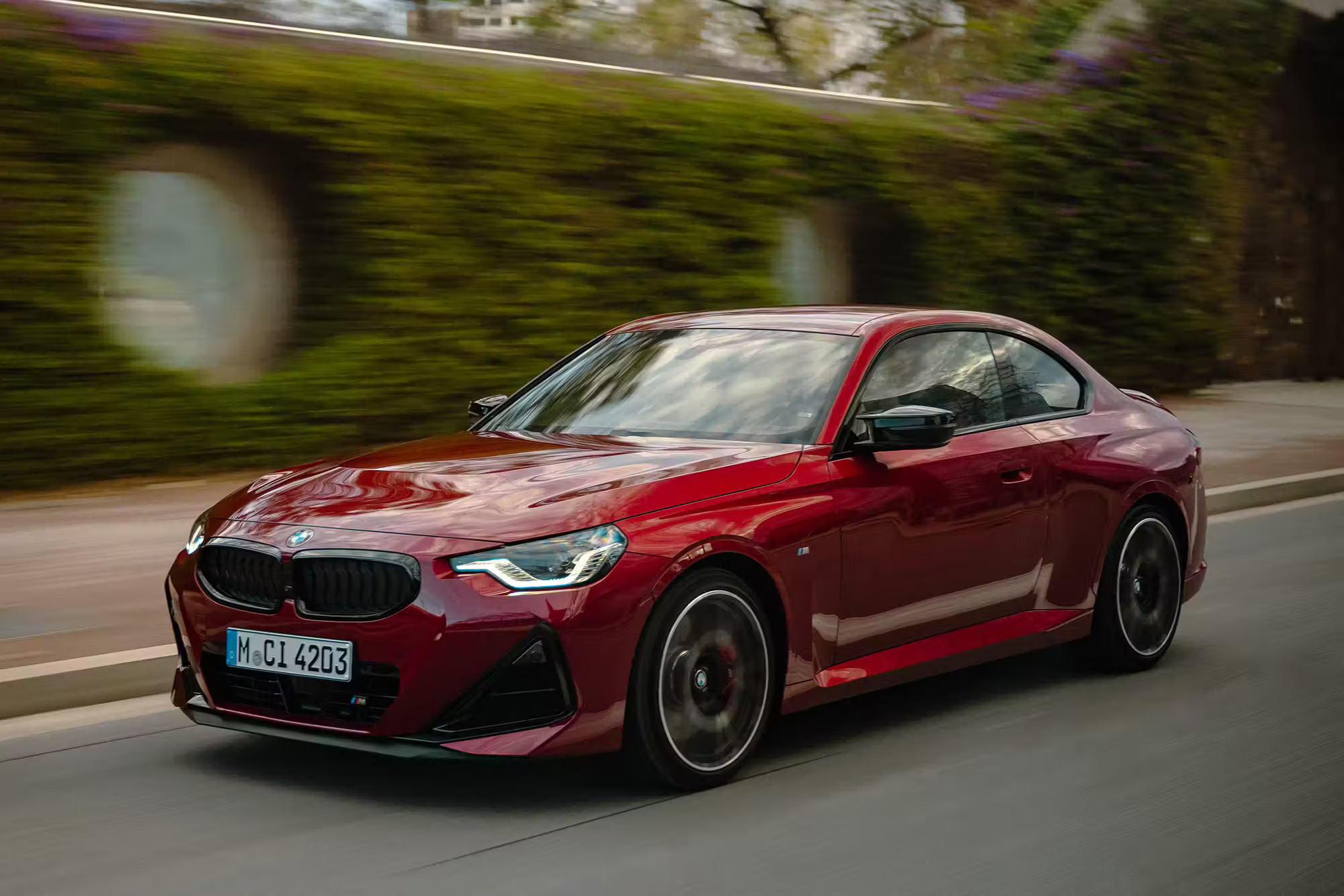
2. BMW iDrive (Version 7 and above)
BMW’s iDrive system, particularly its more recent versions like iDrive 7 and the upcoming iDrive 8, continues to set a high standard in automotive infotainment and navigation in 2025.
This system is widely recognized for its sophisticated user interface and cutting-edge technology, offering a seamless driving experience that integrates navigation, entertainment, and vehicle controls. What makes iDrive 7 and beyond stand out is the level of customization available to the user.
Drivers can tailor the navigation experience to suit their personal preferences, from route selection (fastest, scenic, or avoiding toll roads) to specific navigation settings, such as highlighting gas stations or restaurants along the route. This flexibility ensures that the system remains adaptable to various driving styles and needs.
BMW’s navigation system also integrates live traffic updates through its extensive network, allowing for dynamic rerouting to avoid congestion, road closures, and other unexpected delays.
This level of real-time information is powered by both satellite-based services and internet connectivity, providing a superior navigation experience compared to traditional GPS-only systems.
What’s more, iDrive offers seamless integration with Apple CarPlay and Android Auto, allowing drivers to access their smartphone’s navigation apps directly on the iDrive screen.
This hybrid approach of combining native iDrive features with smartphone-driven applications ensures that drivers can use their preferred navigation tools without sacrificing the reliability or ease of use that iDrive provides.
Perhaps one of the most notable features of iDrive is its innovative voice command system, which allows drivers to control the navigation system, media, and even some vehicle functions by simply speaking naturally.
The system is powered by an advanced AI that continuously learns from the driver’s commands, making voice interactions more intuitive over time.
The combination of high-tech features, real-time traffic data, and premium build quality ensures that iDrive 7 remains a top choice for BMW drivers in 2025, appealing to those who want both cutting-edge technology and ease of use.
Whether navigating city streets or long highways, iDrive offers a navigation system that is both intelligent and reliable, adapting effortlessly to the driver’s needs.
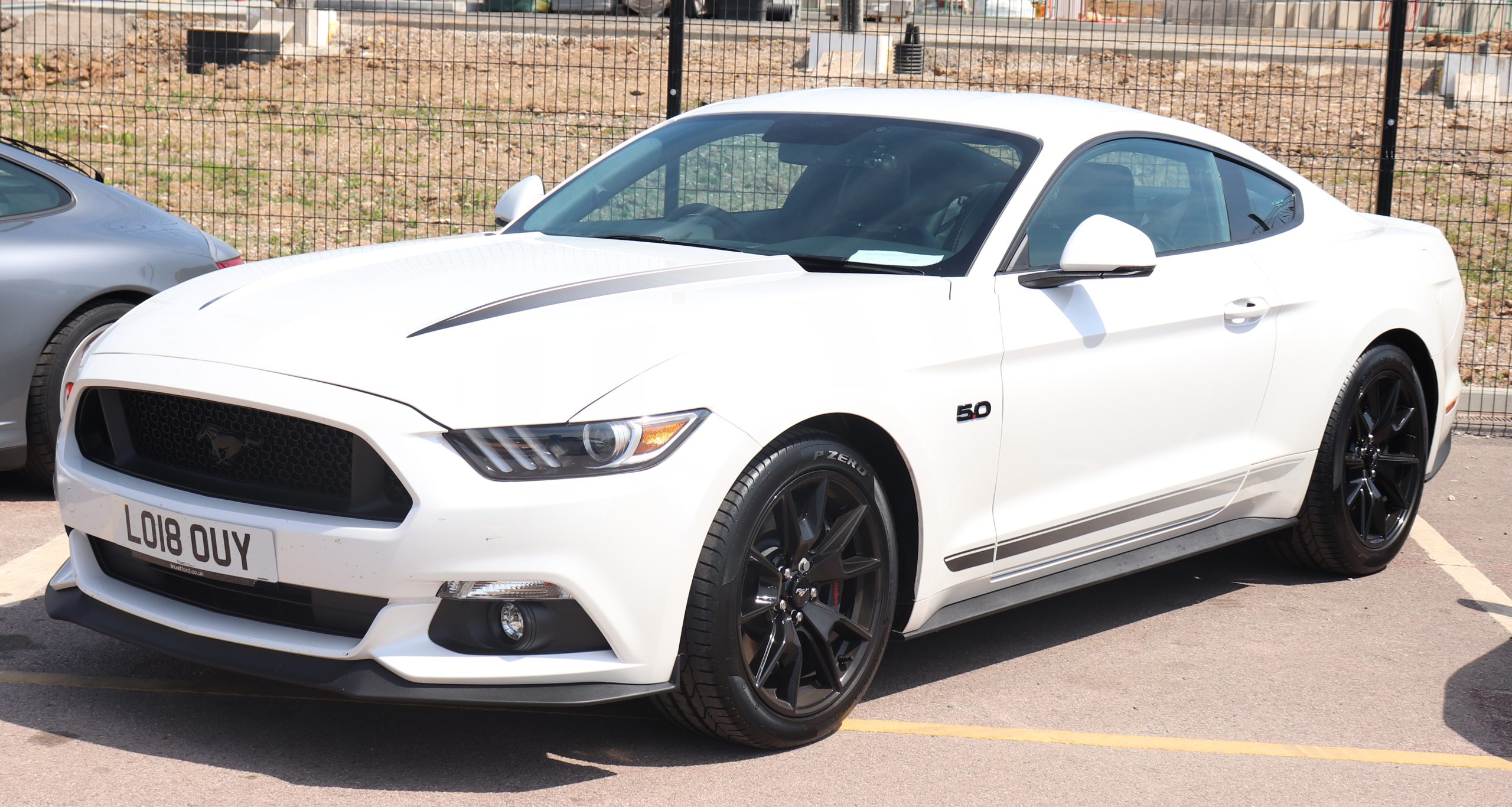
3. Ford SYNC 4A
Ford’s SYNC 4A system, introduced with the 2021 Ford models, has rapidly become a significant contender in the world of factory-installed navigation systems. By 2025, it will have cemented its reputation for offering an intuitive, responsive, and feature-rich navigation experience. S
YNC 4A is powered by cloud-based services that offer real-time traffic data, up-to-date map information, and even the ability to pre-plan routes based on historical traffic patterns.
This real-time connectivity ensures that drivers are always receiving the most accurate and current information available. Moreover, the cloud-based infrastructure means that the system can evolve alongside the demands of modern drivers, receiving continuous software and feature updates without requiring visits to the dealership.
One of the standout features of SYNC 4A is its compatibility with both Apple CarPlay and Android Auto, enabling seamless integration with smartphones and allowing drivers to access popular navigation apps such as Google Maps or Waze.
This capability enhances the user experience by providing flexible and up-to-date route guidance, including live traffic rerouting, accident alerts, and even community-sourced information.
Ford’s decision to support these platforms is a strong point in SYNC 4A’s favor, as it ensures that drivers have access to the latest navigation technologies and user interfaces that they are accustomed to on their smartphones.
SYNC 4A also boasts an advanced voice recognition system that allows for hands-free navigation controls. This reduces the need to physically interact with the system while driving, improving both safety and convenience. Drivers can easily input destinations, find nearby points of interest, or even change their route by simply speaking to the system.
Furthermore, SYNC 4A integrates with Ford’s suite of advanced driver assistance features, including lane-keeping assist and adaptive cruise control, offering a comprehensive driving experience that blends navigation with safety features.
The combination of cutting-edge technology, real-time connectivity, and seamless smartphone integration makes Ford SYNC 4A one of the top factory-installed navigation systems in 2025.
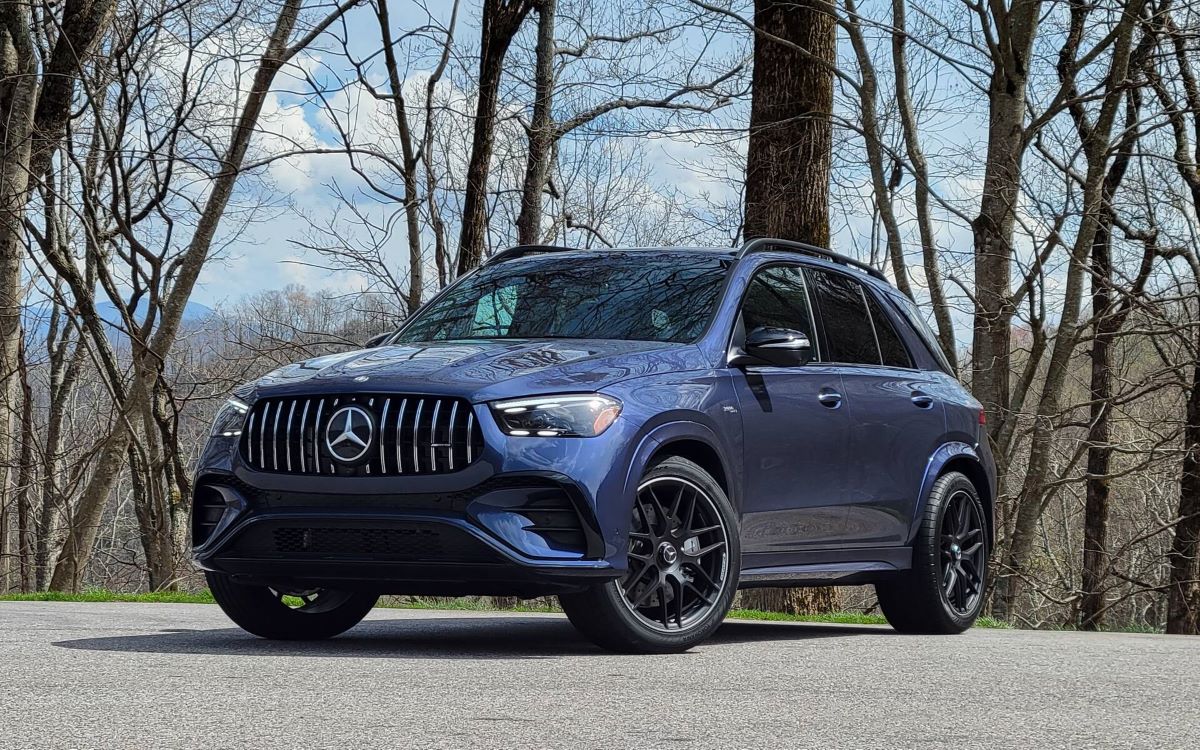
4. Mercedes-Benz MBUX (Mercedes-Benz User Experience)
Mercedes-Benz’s MBUX (Mercedes-Benz User Experience) system has revolutionized the way drivers interact with their vehicles.
Since its introduction, MBUX has quickly evolved into one of the most advanced infotainment and navigation systems available in the automotive industry.
By 2025, the system will have grown even more intelligent, offering advanced AI-driven navigation that understands and anticipates the needs of the driver.
MBUX integrates seamlessly with both Apple CarPlay and Android Auto, allowing users to switch between the car’s native navigation and their preferred smartphone apps effortlessly.
Whether using the factory-installed system for turn-by-turn guidance or tapping into a third-party app for live traffic updates, MBUX gives users unparalleled flexibility.
What truly sets MBUX apart is its augmented reality navigation. This feature overlays directional arrows, street names, and points of interest directly onto the live feed from the car’s front camera, providing a highly visual and intuitive navigation experience.
For example, when approaching an exit or intersection, the system will show an augmented reality display with arrows and signs that guide the driver precisely.
This revolutionary use of augmented reality reduces confusion, especially in complex or unfamiliar areas, making it easier to follow navigation instructions without missing turns or exits.
Moreover, Mercedes-Benz has integrated advanced voice recognition technology into MBUX, allowing drivers to control navigation, entertainment, and vehicle settings with simple, natural language commands. The system learns the driver’s preferences over time, becoming increasingly intuitive and responsive.
With its superior user interface, cutting-edge technology, and constant updates via Mercedes me connect, MBUX is one of the most reliable and forward-thinking navigation systems available today. It remains a benchmark for luxury vehicles in 2025, offering a truly next-generation driving experience.
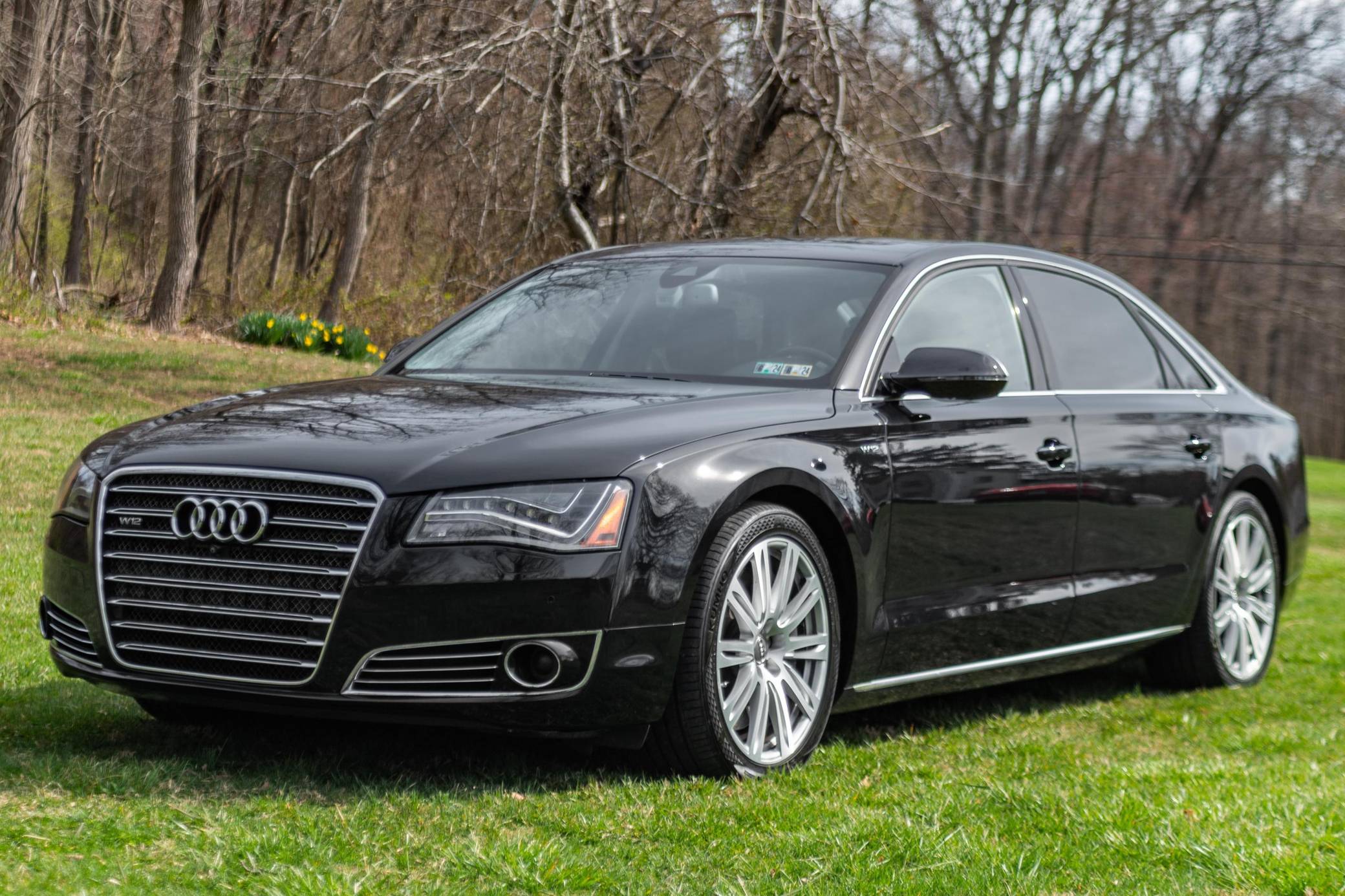
5. Audi MMI Touch Response System
Audi’s MMI (Multi Media Interface) Touch Response system is a premium infotainment system that has consistently delivered one of the best navigation experiences in the automotive world.
By 2025, Audi has refined the system even further, ensuring that it remains a top choice for those seeking high-end functionality and superior navigation performance.
One of the key features of the MMI system is its dual touchscreen layout, which offers intuitive controls for both navigation and multimedia functions.
The system responds quickly to touch inputs and provides crisp, clear maps with up-to-date traffic information, helping drivers make informed decisions on the road. MMI’s user interface is sleek and minimalist, ensuring that it looks as good as it performs.
The MMI system excels in its integration with real-time traffic data, ensuring that drivers are always given the most current information about road conditions, accidents, and construction zones.
This dynamic approach to navigation means that MMI can recalculate routes on the fly to avoid congestion, leading to more efficient and stress-free driving.
The system also integrates with popular navigation apps like Google Maps and Waze, providing users with additional options for route planning and real-time traffic information.
By combining Audi’s proprietary navigation technology with the flexibility of smartphone-based apps, MMI offers the best of both worlds. Another feature that sets the MMI Touch Response system apart is its voice-activated controls, which allow drivers to control navigation, phone calls, and entertainment with natural language commands.
The system’s ability to understand complex voice requests makes it easier for drivers to stay focused on the road while still managing their navigation and in-car entertainment. With regular software and map updates, MMI remains a powerful tool for Audi drivers in 2025, ensuring that the brand stays at the forefront of automotive technology.
5 Factory Car Navigation Systems That Don’t Work in 2025
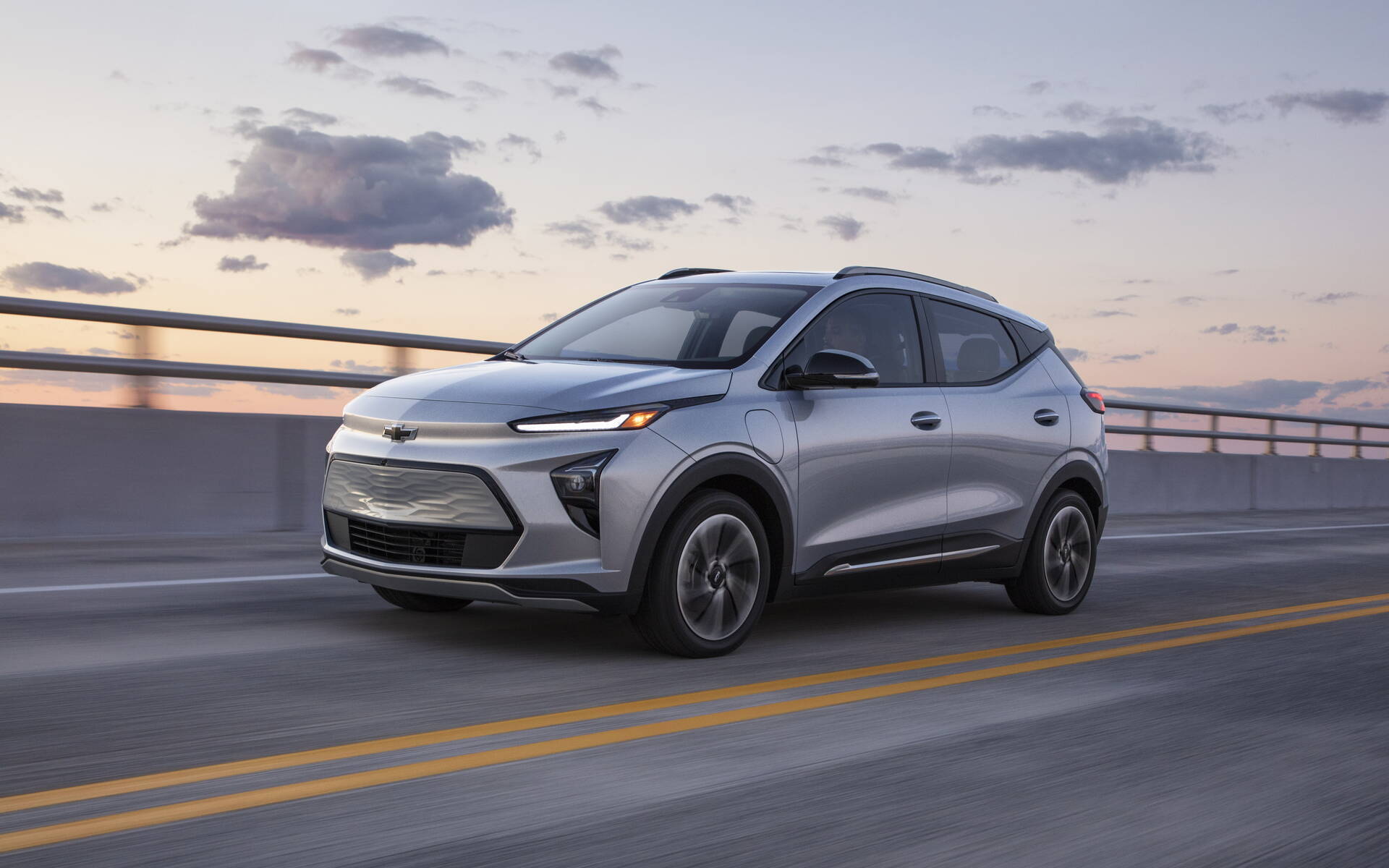
1. Chevrolet MyLink (Pre-2018 Models)
Chevrolet’s MyLink system, particularly in models produced before 2018, will have rapidly fallen behind in terms of navigation functionality by 2025. When MyLink was first introduced, it was a significant step forward in infotainment systems for Chevrolet vehicles, but over time, it has struggled to keep pace with rapidly advancing technology.
The primary issue with MyLink in older vehicles is its outdated interface, which feels clunky and unintuitive compared to modern systems. The menus are slow to respond, and the touchscreen can be difficult to navigate while driving, leading to unnecessary distractions.
In addition, the graphics are not as sharp or clear as those found in newer systems, making it harder to read maps and follow navigation prompts, especially in less-than-ideal lighting conditions.
Another major drawback of older MyLink systems is the lack of regular updates. Unlike newer infotainment systems that receive over-the-air software and map updates, MyLink in pre-2018 models lacks such capabilities.
This means that drivers are stuck with outdated maps, which can lead to incorrect or inefficient routing, especially in fast-changing urban environments.
The lack of real-time traffic information, such as construction zones, accidents, or road closures, further exacerbates the issue, as drivers have no way of knowing if there are more efficient routes available until it’s too late.
Given that navigation and traffic management are essential for modern driving, this lack of up-to-date information makes MyLink systems in older Chevrolets increasingly impractical in 2025.
Additionally, MyLink’s lack of smartphone integration is a major drawback. While newer Chevrolet models have integrated Apple CarPlay and Android Auto for seamless smartphone connectivity, MyLink in pre-2018 models lacks this feature, which limits access to popular navigation apps like Google Maps and Waze.
These apps provide live traffic updates, better route planning, and more detailed map data than MyLink’s built-in navigation, making them a superior choice for drivers. As a result, the MyLink system, particularly in older models, has become increasingly obsolete in 2025, offering a subpar navigation experience compared to its modern counterparts.
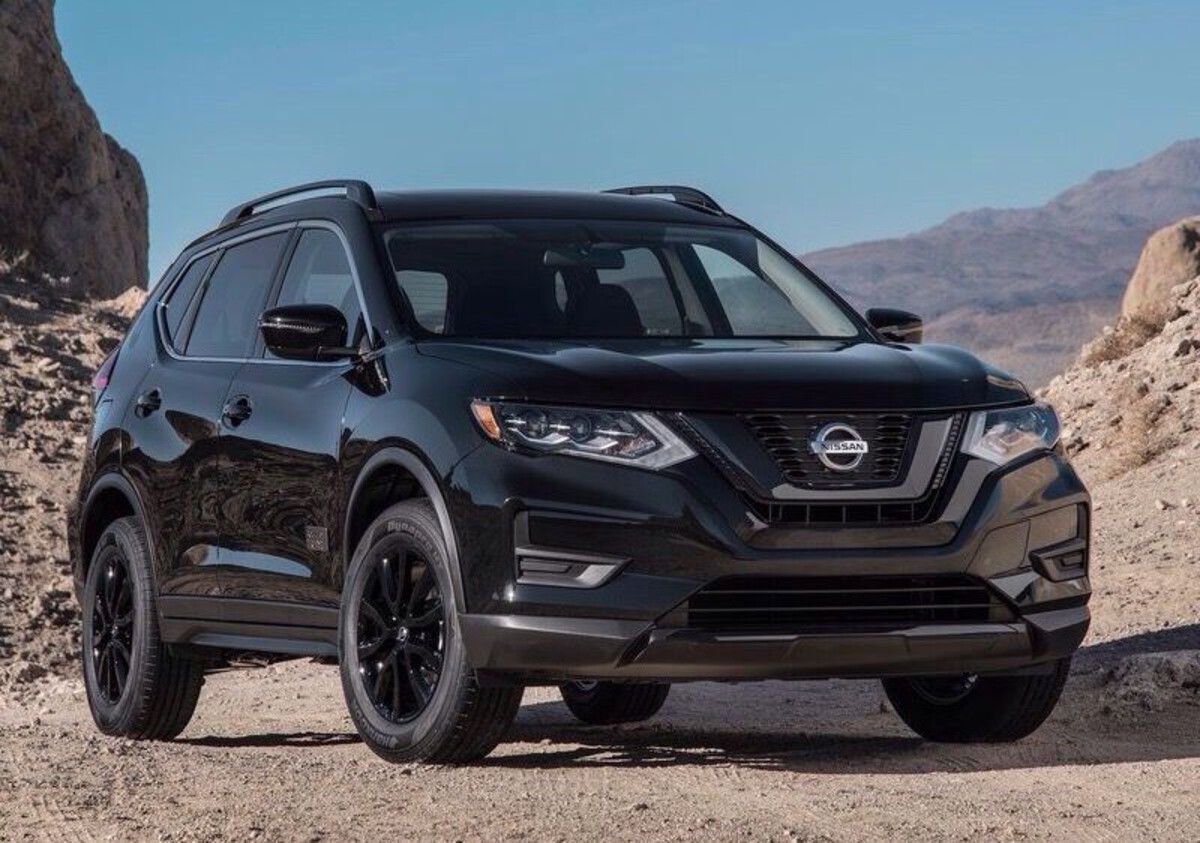
2. Nissan NissanConnect (Pre-2020 Models)
NissanConnect, particularly in models produced before 2020, has seen a dramatic decline in its utility and relevance by 2025. Initially praised for its modern features, NissanConnect’s older iterations have failed to keep up with the pace of advancements in navigation and infotainment technology.
One of the biggest issues with the older NissanConnect systems is the outdated interface. The screen layout is not as sleek or responsive as more contemporary systems, and the touch controls can feel sluggish, requiring more input than is necessary.
This makes it challenging for drivers to quickly access navigation features or adjust settings while on the road. Furthermore, the system’s graphics are often blurry and hard to read, making it difficult to follow directions at a glance, especially in complex or unfamiliar areas.
Another significant limitation of the pre-2020 NissanConnect system is its lack of real-time traffic data. While newer models have adopted cloud-based navigation systems that integrate live traffic updates, the older NissanConnect models do not offer this functionality. This leaves drivers with static, outdated map data that fails to account for real-time road conditions.
As a result, drivers may find themselves stuck in traffic jams or rerouted onto longer paths without any prior warning. Additionally, since these systems do not support dynamic rerouting based on live traffic conditions, drivers may end up wasting time on inefficient routes.
What also hurts NissanConnect’s viability in 2025 is its lack of smartphone integration. While newer versions of NissanConnect have begun offering Apple CarPlay and Android Auto, older models lack this crucial functionality.
This limitation prevents drivers from using their smartphones to access navigation apps like Waze or Google Maps, which provide superior route planning, real-time traffic updates, and alternative route suggestions.
Given how much navigation apps have evolved in recent years, the absence of such features in older NissanConnect systems makes them increasingly frustrating and impractical for modern drivers.
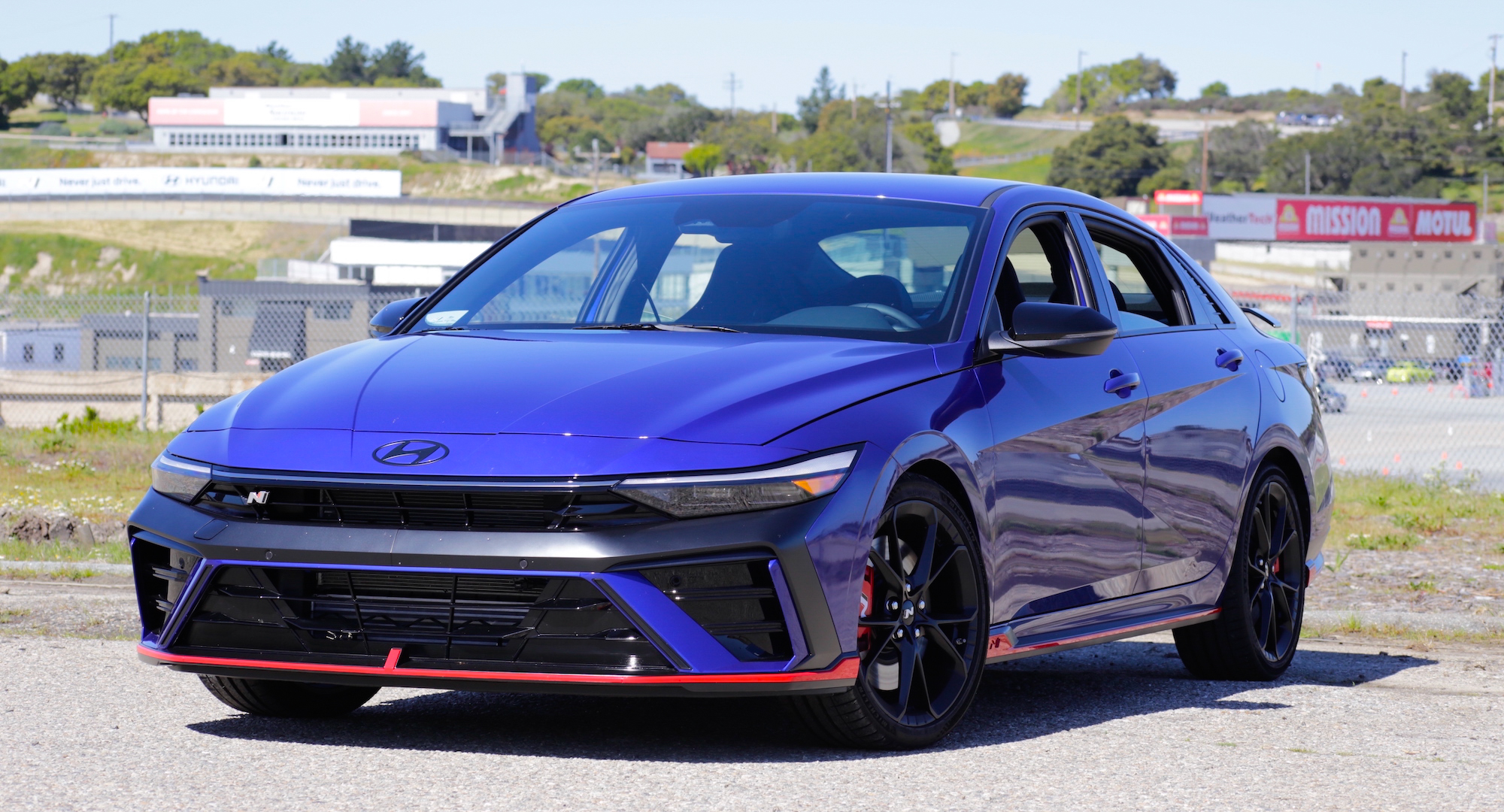
3. Hyundai Blue Link (Pre-2021 Models)
Hyundai’s Blue Link system, particularly in pre-2021 models, has become significantly outdated by 2025, largely due to its inability to keep up with the latest technological demands. Blue Link’s navigation system was once considered a step forward for Hyundai, but as the years have gone by, it has increasingly lagged behind the competition.
The user interface, though functional when it was first introduced, is now considered clunky and hard to navigate, especially when compared to the sleek, intuitive systems that dominate the market today.
The touchscreen responsiveness is often sluggish, requiring more time and attention to operate, which can be distracting while driving. In a world where ease of use is paramount, this slow and cumbersome experience makes Blue Link a poor choice for drivers in 2025.
In addition to its lackluster interface, the pre-2021 Blue Link system struggles with providing accurate and up-to-date navigation information. The system often lacks the level of detail and accuracy that modern drivers expect from a navigation tool.
For example, while newer systems are capable of dynamically updating maps and providing real-time traffic information, Blue Link systems from earlier years do not have the same capabilities.
This means that drivers relying on Blue Link may find themselves using outdated maps, making it harder to navigate through busy cities or avoid roadblocks caused by accidents or construction.
Without the benefit of real-time updates, drivers are left with an unreliable tool for navigating the modern roads of 2025.
Furthermore, Blue Link’s lack of integration with Apple CarPlay and Android Auto makes it a particularly tough sell for tech-savvy users who have grown accustomed to the seamless navigation experience offered by these popular apps.
The absence of smartphone integration limits access to third-party navigation services like Google Maps, Waze, or Apple Maps, all of which provide significantly better functionality than the outdated Blue Link system.
In a time when most drivers expect to connect their smartphones to their vehicle’s infotainment system, Blue Link’s lack of compatibility with these essential apps makes it increasingly irrelevant.
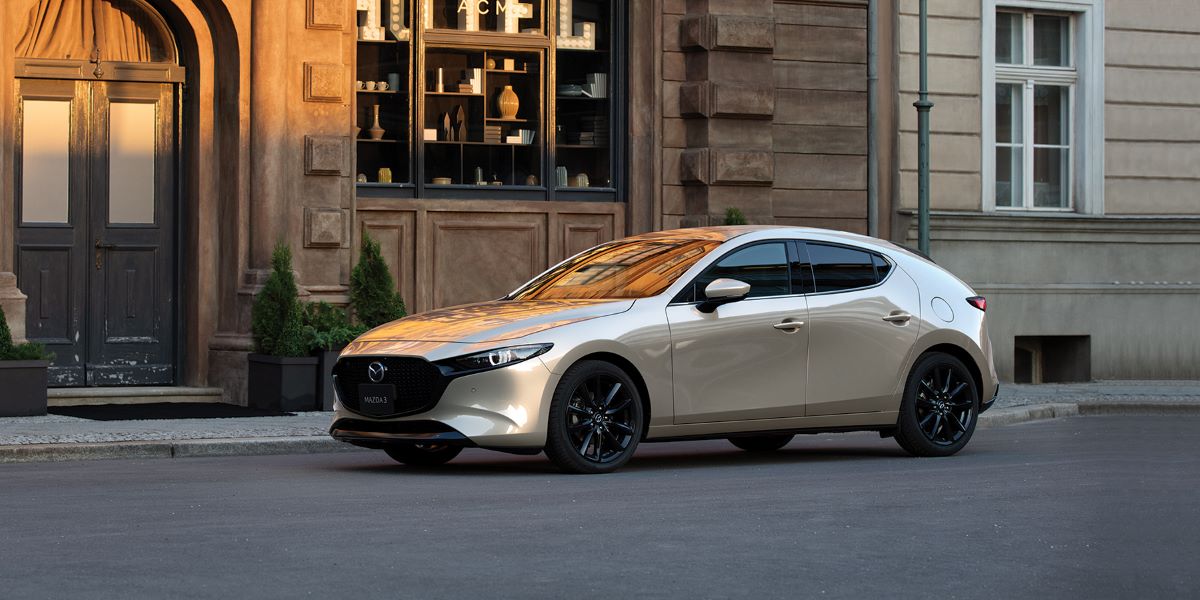
4. Mazda Connect (Pre-2020 Models)
Mazda’s Connect system, particularly in vehicles produced before 2020, will become one of the more obsolete navigation systems by 2025. While it was considered innovative when it was first released, the system now feels outdated and clunky compared to newer alternatives.
The interface, though functional, lacks the modern aesthetics and user-friendliness that drivers expect today. The screens can be slow to respond, and the navigation system itself is not as fluid or intuitive as more advanced models.
The graphical quality of maps is also relatively low compared to current systems, which can make it difficult to read directions at a glance, especially in more complex driving environments, such as downtown areas or rural regions with winding roads.
One of the biggest challenges with Mazda Connect is its inability to provide real-time traffic information. Modern navigation systems rely heavily on live updates to ensure that drivers are always on the most efficient route. However, Mazda Connect’s pre-2020 models cannot access real-time data on traffic conditions, road closures, or accidents.
As a result, drivers using these older systems may find themselves stuck in traffic or routed through detours without any prior warning.
The lack of dynamic rerouting based on current conditions is a significant disadvantage, as it means drivers are unable to adjust their paths to avoid delays, leading to inefficient and sometimes frustrating driving experiences.
Furthermore, Mazda Connect lacks integration with key smartphone features like Apple CarPlay and Android Auto in older models. This means that drivers cannot access the navigation apps that have become the gold standard in modern vehicles, such as Google Maps or Waze.
These apps provide superior routing, real-time updates, and more accurate directions than the built-in Mazda Connect system. The absence of smartphone connectivity makes the system feel outdated and less functional, leaving drivers without the flexibility and versatility they have come to expect from modern infotainment systems.
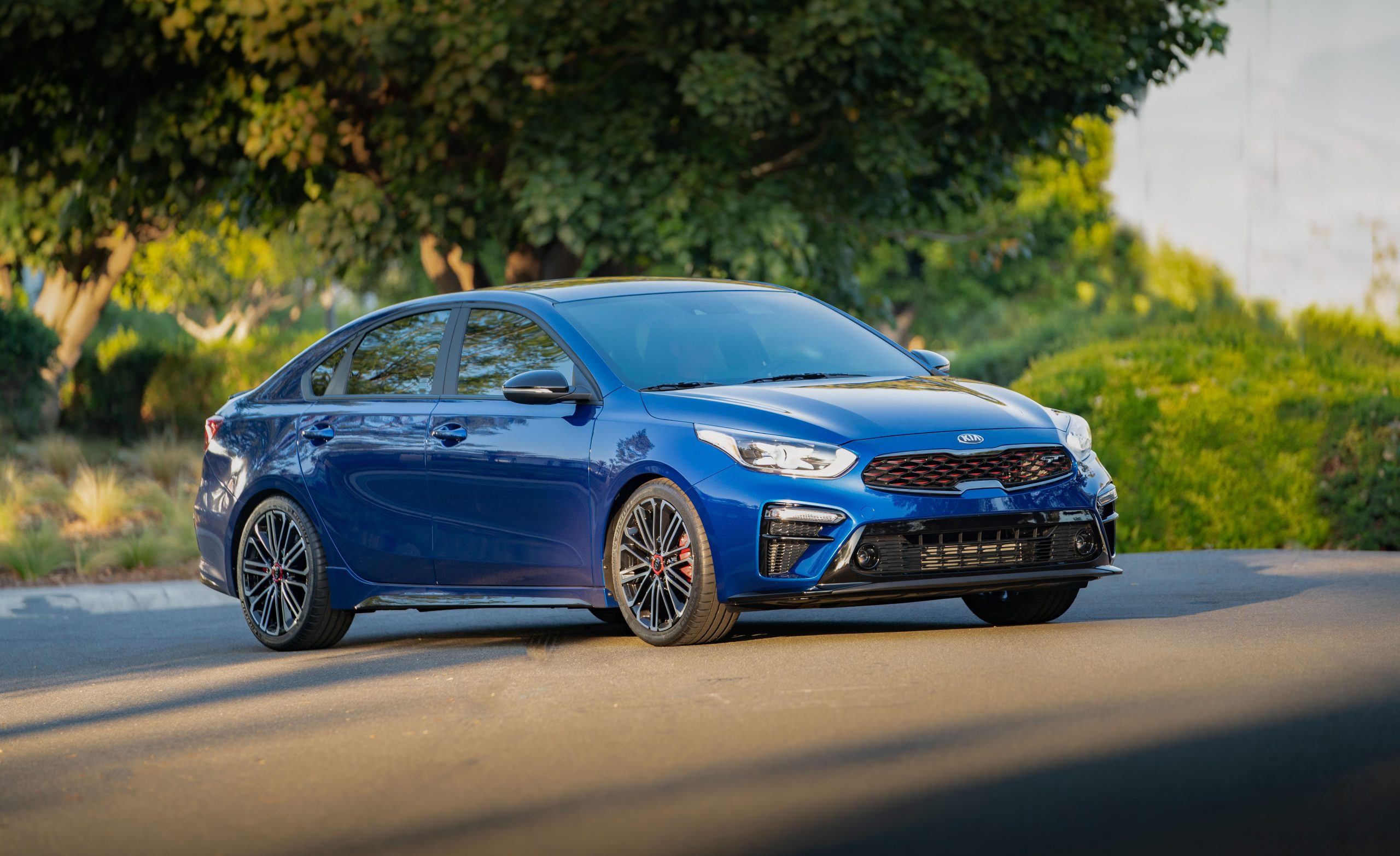
5. Kia UVO (Pre-2020 Models)
Kia’s UVO system, particularly in vehicles manufactured before 2020, has proven to be increasingly ineffective as a navigation tool by 2025. Despite being a competitive system when it was first introduced, the pre-2020 versions of UVO have not kept up with the advancements in navigation technology.
The user interface, though simple, feels outdated and lacks the fluidity and responsiveness of more modern systems.
Drivers may find themselves frustrated by the system’s slower response times, which can make simple tasks like setting a destination or searching for a point of interest feel like a chore. In comparison to newer navigation systems, UVO’s interface looks and feels behind the times, contributing to a subpar driving experience.
Perhaps one of the most significant issues with older UVO systems is their lack of real-time traffic updates. Unlike modern systems that are constantly connected to live data feeds, UVO’s navigation system in older vehicles cannot update traffic conditions, road closures, or construction zones.
This means that drivers relying on UVO are often navigating with outdated information, which can lead to delays and inefficient routes. In an era when accurate, up-to-date traffic data is essential, UVO’s failure to offer this level of insight makes it a poor choice for modern drivers.
Moreover, Kia’s pre-2020 UVO systems lack integration with Apple CarPlay and Android Auto, two features that have become standard in almost every new vehicle on the market.
The absence of these smartphone integration features limits access to modern navigation apps, such as Google Maps and Waze, which provide better functionality, more detailed information, and real-time updates than UVO’s built-in navigation. As a result, drivers are forced to rely on a less efficient, outdated system, making UVO in older Kia vehicles a less-than-ideal choice in 2025.
Also Read: 5 Car Key Systems That Rarely Fail And 5 That Leave You Stranded
As we move deeper into 2025, the landscape of automotive navigation systems is evolving at an accelerated pace, with manufacturers striving to meet the ever-growing expectations of modern drivers.
The role of navigation systems has transformed from basic tools that simply guide you to your destination to comprehensive, intuitive platforms that enhance safety, convenience, and efficiency.
In a world where time is of the essence, accurate and real-time navigation has become critical, and the systems that remain effective today are those that embrace technological innovation and integrate seamlessly with other devices, such as smartphones and cloud-based services.
The systems that still excel in 2025—like Toyota’s Entune 3.0, BMW’s iDrive, Ford’s SYNC 4A, Mercedes-Benz’s MBUX, and Audi’s MMI—demonstrate how automakers can keep pace with these technological advancements.
These systems are not only highly functional but are continually updated to ensure they provide drivers with the most accurate, real-time information available.
Whether it’s traffic updates, road closures, or new point-of-interest data, these systems leverage cloud-based technology to keep maps fresh and ensure users always have the most relevant navigation information at their fingertips.
Additionally, these modern systems offer seamless integration with smartphone platforms like Apple CarPlay and Android Auto, which allow drivers to access apps like Google Maps and Waze—tools that are constantly improving to make driving safer and more efficient.
One of the key factors behind the success of these systems is the growing reliance on real-time traffic data, which helps drivers avoid delays caused by accidents, construction, or congestion. The ability of modern navigation systems to provide dynamic rerouting based on this live data has significantly improved the driving experience.
Not only does this feature save time, but it also contributes to safer driving, as drivers are less likely to become frustrated and distracted by unexpected delays. The combination of real-time traffic updates and intuitive route planning has turned car navigation systems into critical tools for navigating complex urban environments and long road trips alike.
However, the systems that have failed to evolve, like Chevrolet MyLink, NissanConnect, Hyundai Blue Link, and Mazda Connect, highlight the risks of not keeping pace with technological advancements. These older systems suffer from outdated interfaces, poor responsiveness, and a lack of live traffic data, making them less reliable and frustrating to use.
In addition, their inability to integrate with modern smartphones further limits their functionality, especially when compared to the more flexible, feature-rich alternatives that are now standard in new vehicles.
As we’ve seen, drivers today expect much more from their in-car navigation systems than what these older systems offer, making them less relevant and, ultimately, obsolete.
In an era where technology is continuously evolving, automakers must prioritize system updates and the integration of new technologies to meet the growing needs of drivers.
The shift toward cloud-based navigation, live traffic feeds, and advanced driver assistance features has become essential for keeping vehicles equipped with navigation systems that are both reliable and functional.
Drivers today expect their car’s navigation system to provide up-to-date, real-time information, offer a smooth, intuitive user interface, and integrate easily with the devices they already use in their daily lives. Car manufacturers that fail to recognize and adapt to these expectations will likely see their navigation systems fall by the wayside.
Looking ahead, the future of car navigation systems is likely to involve even greater integration with autonomous driving technology, augmented reality features, and even deeper ties with mobile apps and services.
As vehicles become smarter and more connected, the role of navigation will continue to evolve, becoming an integral part of the driving experience.
For those purchasing or upgrading vehicles today, ensuring that the navigation system is up to date and capable of delivering accurate, real-time data is crucial for a safe, efficient, and enjoyable driving experience.
Ultimately, choosing a vehicle with a modern, adaptable navigation system will not only ensure that drivers are equipped with the best available technology but will also improve their satisfaction with their vehicle.
With the rapid pace of technological advancements, there is little doubt that the navigation systems of tomorrow will be even more advanced, efficient, and user-friendly than those of today.
As we continue to embrace the future of driving, it’s clear that innovation will remain at the heart of automotive navigation, keeping drivers connected, informed, and on the right path.

